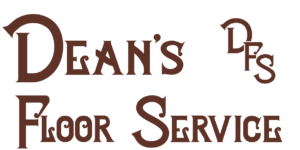Understanding Your Hardwood Flooring Options
Choosing the right hardwood flooring is one of the most important decisions you'll make for your home. The type of hardwood you select impacts not only the appearance of your space but also how your floors will perform over time. At Dean's Floor Service, with over 35 years of experience in the hardwood flooring industry, we've installed and refinished virtually every type of hardwood floor available.
This guide will help you understand the different types of hardwood flooring options, their characteristics, and which might be best suited for your specific needs and preferences.
Popular Hardwood Species for Flooring
Hardwood Grades and Cuts
Beyond species selection, hardwood flooring is categorized by grade (appearance quality) and cut (how the boards are sawn from the log).

Common Hardwood Grades
Select/Clear Grade
- Uniform appearance with minimal character marks
- Few if any knots or mineral streaks
- Consistent coloration
- Premium price point
#1 Common (Character Grade)
- More natural characteristics and color variation
- Some small knots and mineral streaks
- More affordable than select grade
- Popular for authentic, natural look
#2 Common (Rustic Grade)
- Significant character with knots, checks, and color variation
- Most affordable grade
- Popular for rustic, country-style homes
- Shows the natural character of the wood
Hardwood Cuts
Plain Sawn (Flat Sawn)
- Most common and economical cut
- Distinctive cathedral grain pattern
- Cut tangentially to the log's growth rings
- More susceptible to cupping than quarter sawn
Quarter Sawn
- Cut perpendicular to the growth rings
- Straight, consistent grain pattern
- More dimensionally stable (less expansion/contraction)
- Shows distinctive flecking in oak species
- Premium price point
Rift Sawn
- Cut at a 30-45 degree angle to the growth rings
- Very straight, consistent grain
- Minimal flecking
- Most expensive cut
- Often combined with quarter sawn for optimal appearance
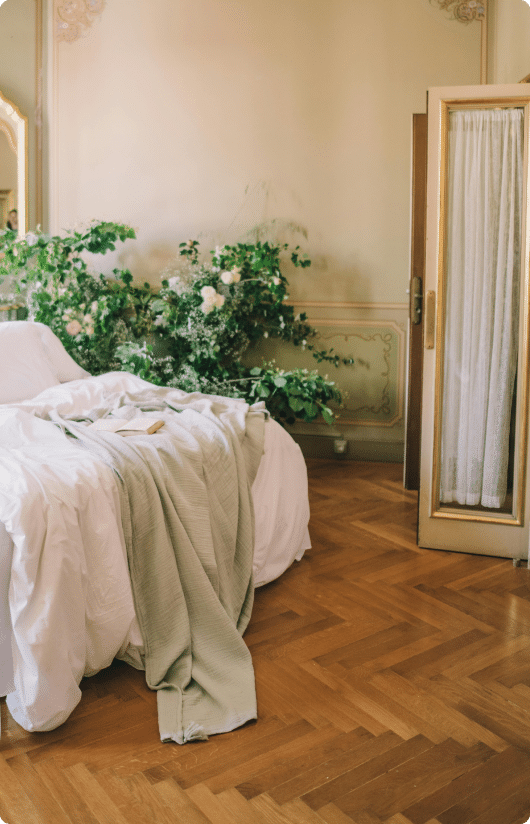
Hardwood Board Widths
The width of your hardwood flooring boards can dramatically impact the visual effect in your space.
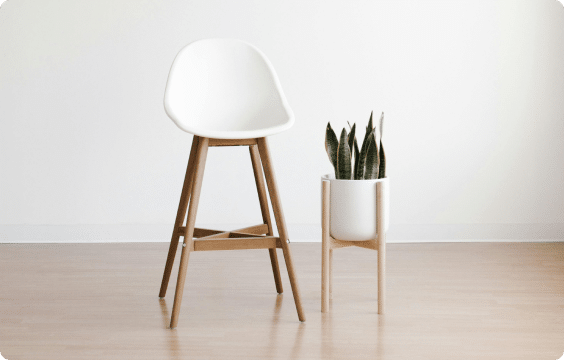
Strip Flooring (2 1/4" - 3")
- Traditional width for hardwood flooring
- Makes rooms appear larger
- More boards per square foot creates more seams
- Most dimensionally stable option for solid hardwood
- Classic look that never goes out of style
Plank Flooring (3" - 8"+)
- Increasingly popular for contemporary designs
- Fewer seams for a cleaner look
- Shows more of the wood's natural character
- Wide planks (5"+ for solid, 7"+ for engineered) may require special installation considerations
- Creates a bold statement, especially in larger rooms
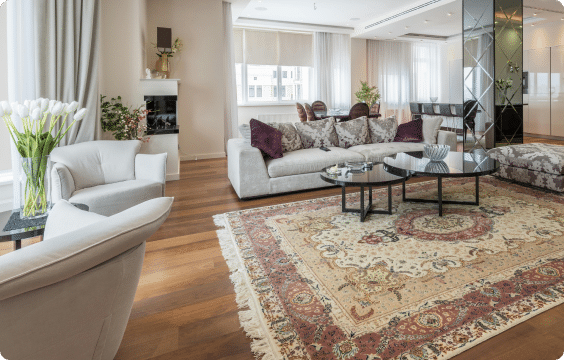
Pre-Finished vs. Site-Finished Hardwood
Another important distinction in hardwood flooring is whether the finish is applied at the factory (pre-finished) or on-site after installation.
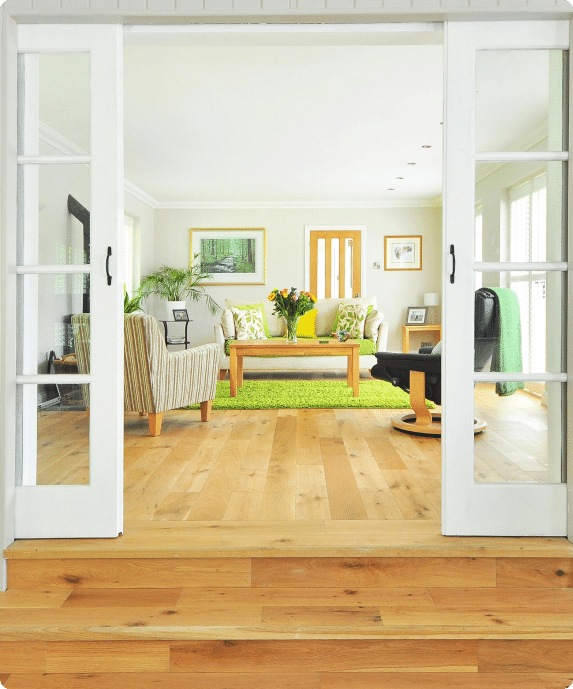
Pre-Finished Hardwood
Key Characteristics:
- Factory-applied finish with warranty protection
- Immediate use after installation (no dry or cure time)
- Typically features beveled edges between boards
- Consistent, durable finish with multiple protective coats
- Limited color selection (factory options only)
- Less messy installation process
- Slightly higher material cost but lower installation cost
Site-Finished Hardwood
Key Characteristics:
- Finish applied on-site after installation
- Completely flat surface with no bevels between boards
- Unlimited custom color options
- Finish covers the entire surface, including board edges
- Requires dry/cure time before use (7-30 days depending on finish type)
- More involved installation process with sanding and finishing
- Better option for matching existing hardwood
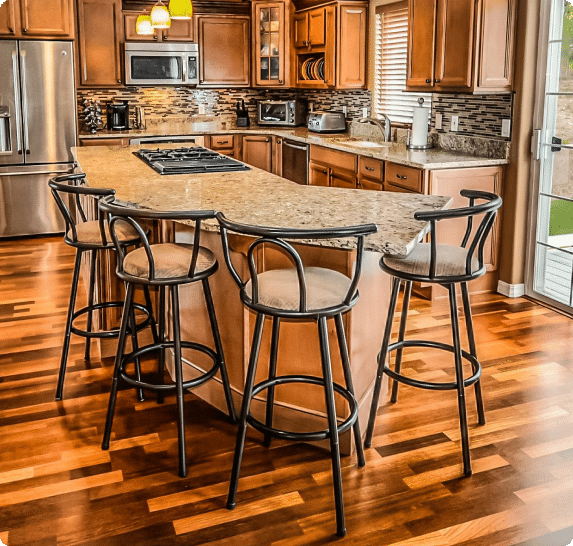
Specialty Hardwood Flooring Options
- Salvaged from old barns, factories, and historic structures
- Rich patina and character developed over decades
- Environmentally friendly option
- Each board tells a story with unique markings
- Typically more expensive than new hardwood
- Often features wider planks and mixed species
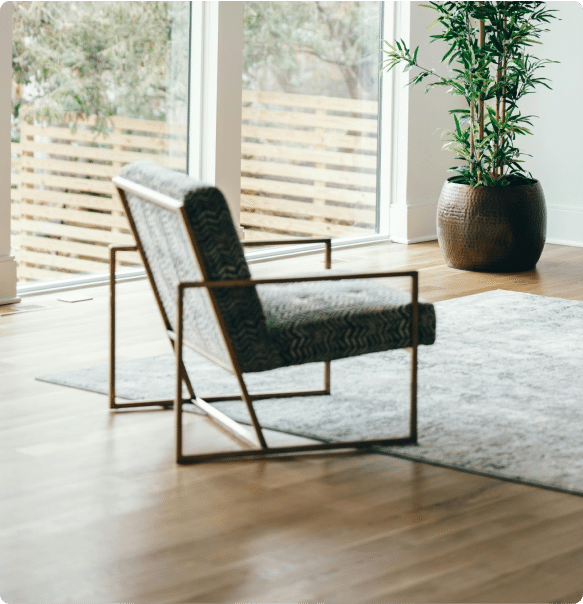
Environmental Considerations
Sustainable Hardwood Options
Environmentally conscious homeowners can choose from several sustainable hardwood options:
- Domestically Harvested Hardwoods: American hardwoods are typically harvested using sustainable forestry practices
- FSC-Certified Hardwoods: Products certified by the Forest Stewardship Council come from responsibly managed forests
- Reclaimed Hardwood: Repurposing existing wood prevents new harvesting and keeps materials out of landfills
Choosing the Right Hardwood for Your Home
With so many options available, selecting the right hardwood flooring can feel overwhelming. Here are some key factors to consider:
- Traffic Level: How busy is your household? High-traffic homes benefit from harder species like oak, maple, or hickory.
- Children and Pets: Have dogs or active children? Consider harder species with visible grain patterns that help hide minor scratches.
- Maintenance Preference: How much maintenance are you willing to perform? Some woods require more regular care than others.
Whether you are looking to restore an existing floor or install a new hardwood floor, we'll give you an honest, straight forward estimate.

The Dean's Floor Service Advantage
At Dean's Floor Service, we don't push particular products or trends. Instead, we listen to your needs and preferences, then provide honest recommendations based on our 35+ years of experience with different hardwood flooring types.
We help you navigate the many options to find the perfect hardwood flooring for your specific situation. Our goal is to match you with hardwood flooring that you'll love today and for decades to come.
During our consultation process, we'll:
- Discuss your lifestyle, aesthetic preferences, and practical requirements
- Show samples of different wood species and finishes
- Explain the pros and cons of various options for your specific situation
- Provide transparent information about costs and value
- Answer all your questions without sales pressure
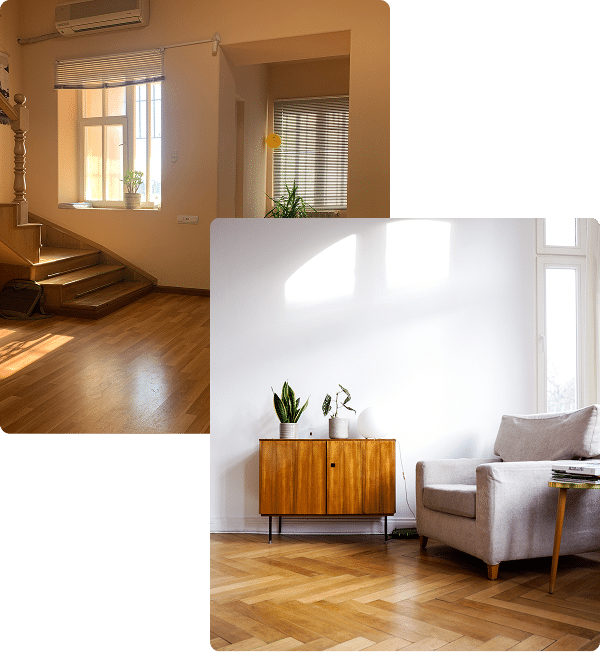
Ready to Explore Your Hardwood Flooring Options?
Let Dean's Floor Service help you navigate the many choices available in hardwood flooring. Our expertise ensures you'll select the perfect hardwood for your home's unique needs.
Request Your Free Estimate or call us at 708-424-3011 to discuss your hardwood flooring options.
Quality you can stand on since 1988

